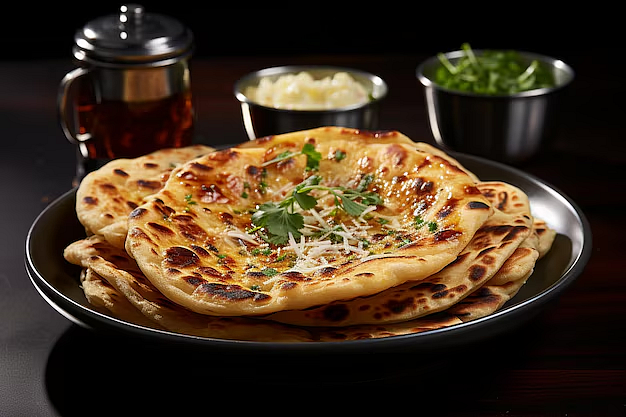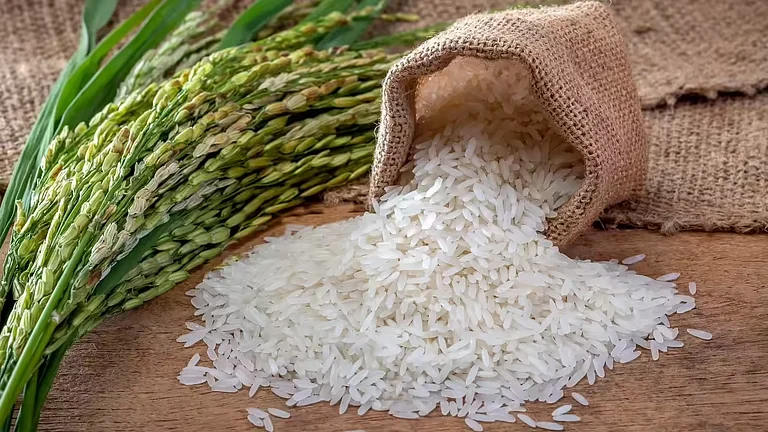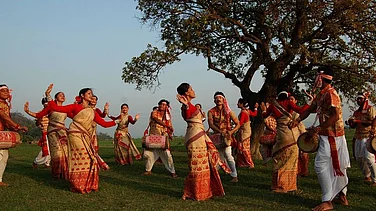Mahavir Jayanti is celebrated with great reverence and enthusiasm by the Jain community worldwide each year. On this auspicious date, the 24th and final Tirthankara of Jainism, Lord Mahavir, whose teachings of non-violence (ahimsa), truth, and compassion are praised, celebrates his birth anniversary. The rich and varied realm of Jain cuisine is one feature that stands out as Jains gather to celebrate this important day. One of the world's oldest religions, Jainism, strongly emphasizes non-violence and respect for all living things. This philosophy defines their dietary choices as well, leading to a distinctive and delicious culinary heritage that is completely vegetarian and devoid of root vegetables. Root vegetables like onions, garlic, potatoes, and carrots are not allowed in the strict vegetarian diet that Jains adhere to. This dietary restriction stems from the idea that pulling these veggies up can damage microscopic soil life. This article delves into some of the most delicious and authentic Jain dishes that you can enjoy on Mahavir Jayanti, offering a glimpse into the culinary artistry that defines Jain gastronomy.
Jain dishes you must try this Mahavir Jayanti
Jain Paneer Paratha

When preparing Jain Paneer paratha for Mahavir Jayanti, it's essential to adhere to Jain dietary restrictions. This means excluding root vegetables like onions, garlic, potatoes, and carrots. The paratha filling would primarily consist of crumbled paneer, seasoned with spices like cumin, coriander, chilli powder (if desired), and fresh coriander leaves. The dough, typically made from whole wheat flour, is then stuffed with the paneer mixture, rolled out, and cooked on a griddle with ghee. This results in a flavorful and satisfying dish that aligns with Jain principles of non-violence and purity, making it a suitable and delicious option for the holy festival.
Tamatar Kadhi

Tamatar Kadhi is a popular vegetarian dish, especially favoured during observances like Mahavir Jayanti, due to its adherence to Jain dietary principles. This dish beautifully blends the tangy flavor of tomatoes with the creamy texture of yogurt, creating a comforting and flavorful curry. Typically, recipes prepared for Mahavir Jayanti avoid root vegetables and focus on simple, sattvic ingredients. The Tamatar Kadhi provides a satisfying meal that aligns with the principles of non-violence and pure eating that are central to Jainism.
Khandvi

While there isn't one single food that is always specifically made for Mahavir Jayanti, because of the Jain principles of Ahimsa, or non-violence, many people make strictly vegetarian foods. Khandvi, a savory rolled appetizer made from gram flour, is a popular choice due to its vegetarian nature and its widespread appeal in Indian cuisine. Therefore, it is common to find Khandavi being prepared and enjoyed by those celebrating Mahavir Jayanti, as it aligns with the festival's emphasis on non-violence and pure eating.
Jain Kofta Curry

Jain Kofta curry, a flavorful dish prepared without onion or garlic, is often a special part of Mahavir Jayanti celebrations. This vegetarian delight features soft kofta balls, typically made from ingredients like bottle gourd, paneer, or raw bananas, simmered in a rich, creamy tomato-based gravy. The absence of onion and garlic highlights the other aromatic spices, creating a delicious and satisfying meal that aligns with Jain dietary practices observed during the auspicious festival.
Basundi

Basundi, a rich and creamy Indian dessert, is often prepared during festive occasions, including Mahavir Jayanti. This delicacy involves simmering milk over a low flame until it thickens, then sweetening it with sugar and flavoring it with cardamom, saffron, and various nuts like almonds and pistachios. The slow cooking process allows the milk to reduce, resulting in a dense, flavorful treat that is enjoyed chilled. In many homes, preparing Basundi for Mahavir Jayanti is a way to create a sweet and auspicious offering, contributing to the festive atmosphere.
Singhare ka Atte ka Halwa

Singhare ka atte ka halwa is a sweet dish often prepared during religious observances like Mahavir Jayanti, especially by those observing fasts. It's made from water chestnut flour (singhare ka atta), ghee, sugar, and water, with added cardamom and nuts for flavor. The process involves roasting the flour in ghee until it turns golden brown, then adding sugar and water to create a smooth, pudding-like consistency. This halwa is a popular choice during fasting periods because singhara atta is considered acceptable for consumption during these times, providing a source of energy and sweetness.
Mahavir Jayanti is an excellent time to explore the delicious and wholesome world of Jain cuisine. These dishes offer a glimpse into the creative culinary solutions developed within the constraints of Jain dietary principles. By embracing fresh ingredients, innovative cooking methods, and a dedication to Ahimsa, Jain food presents a delightful and fulfilling gastronomic experience. Enjoy these flavorful dishes and celebrate the spirit of Mahavir Jayanti with a feast of vegetarian delights!


























